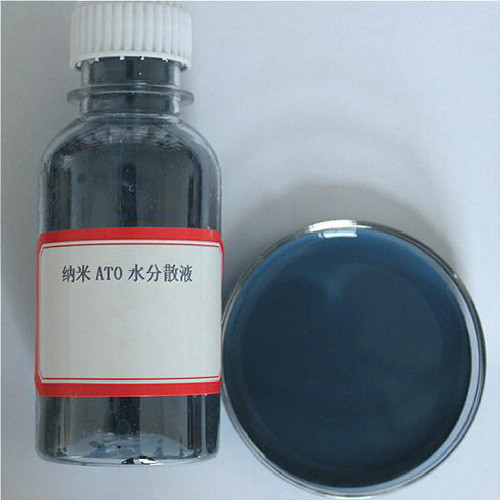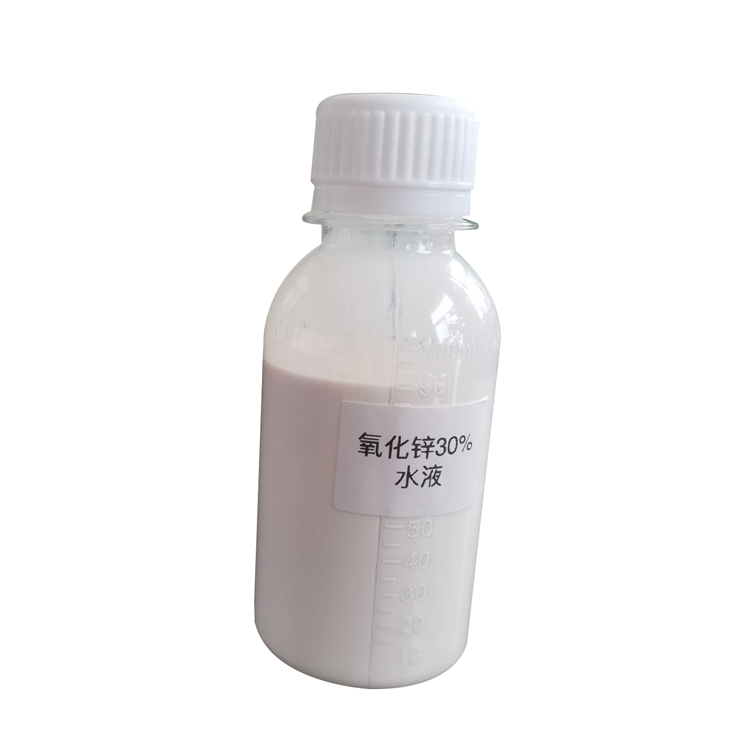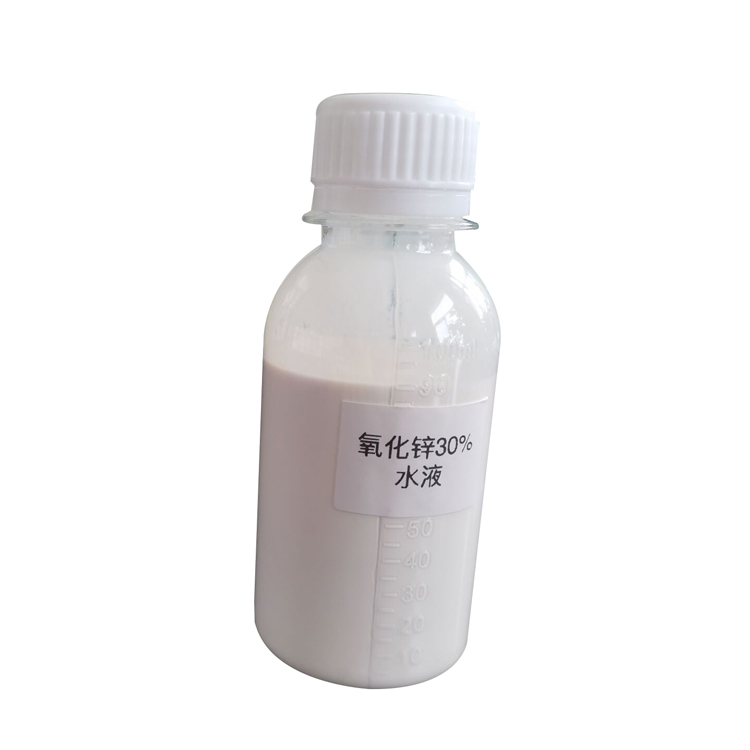The passivation layer of
metal nanoparticles refers to a thin film or protective layer coated on the surface of metal nanoparticles. It usually consists of a compound, such as an oxide, sulfide, or organic compound. This passivation layer can alter the surface properties of metal nanoparticles and provide protection and stability.
The main functions of the passivation layer are as follows:
1. Protective effect: The passivation layer can prevent metal nanoparticles from coming into contact with the external environment, thereby reducing the occurrence of oxidation reactions and other chemical reactions. It forms a physical barrier that protects metal nanoparticles from the erosion of oxygen, water, or other harmful substances. This helps to increase the stability of metal nanoparticles and extend their lifespan.
2. Improvement of dispersibility: Metal nanoparticles are prone to aggregation in solution, forming clusters or deposits. The passivation layer can provide a charge or electrostatic barrier to the surface of metal nanoparticles, reducing mutual attraction and preventing aggregation. This helps to maintain the dispersibility of metal nanoparticles, allowing them to be evenly distributed in the solution and providing better surface properties.
3. Optical and electronic performance regulation: The passivation layer can regulate the optical and electronic properties of metal nanoparticles. By selecting different passivation layer materials and thicknesses, the Surface plasmon resonance frequency and fluorescence characteristics of metal nanoparticles can be adjusted to make them have specific performance in the fields of optical sensing, catalysis and electronic devices.
In summary, the passivation layer of
metal nanoparticles plays an important role in protecting nanoparticles, improving dispersion, and regulating performance. Choosing appropriate passivation layer materials and optimizing the preparation conditions of passivation layers can achieve the required functions and performance based on specific application requirements.

























